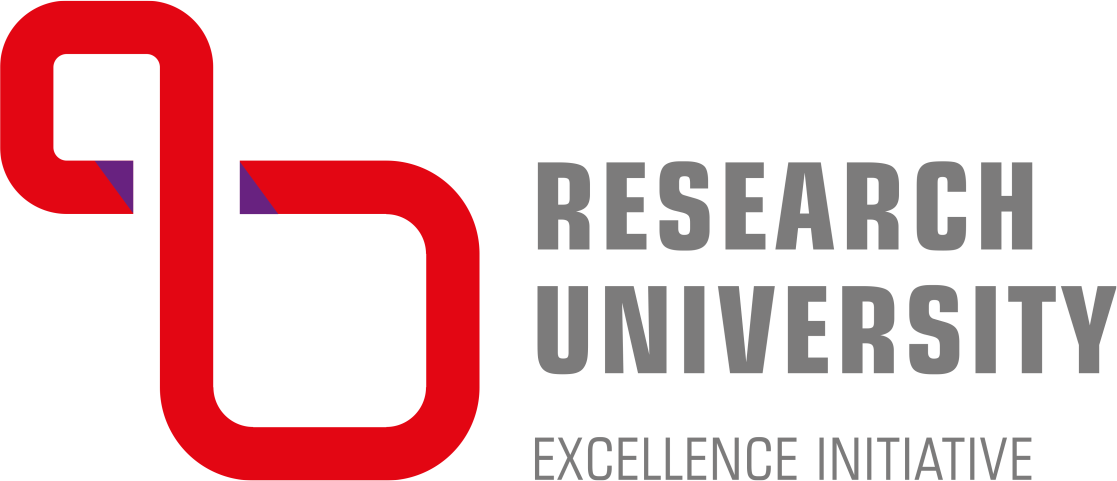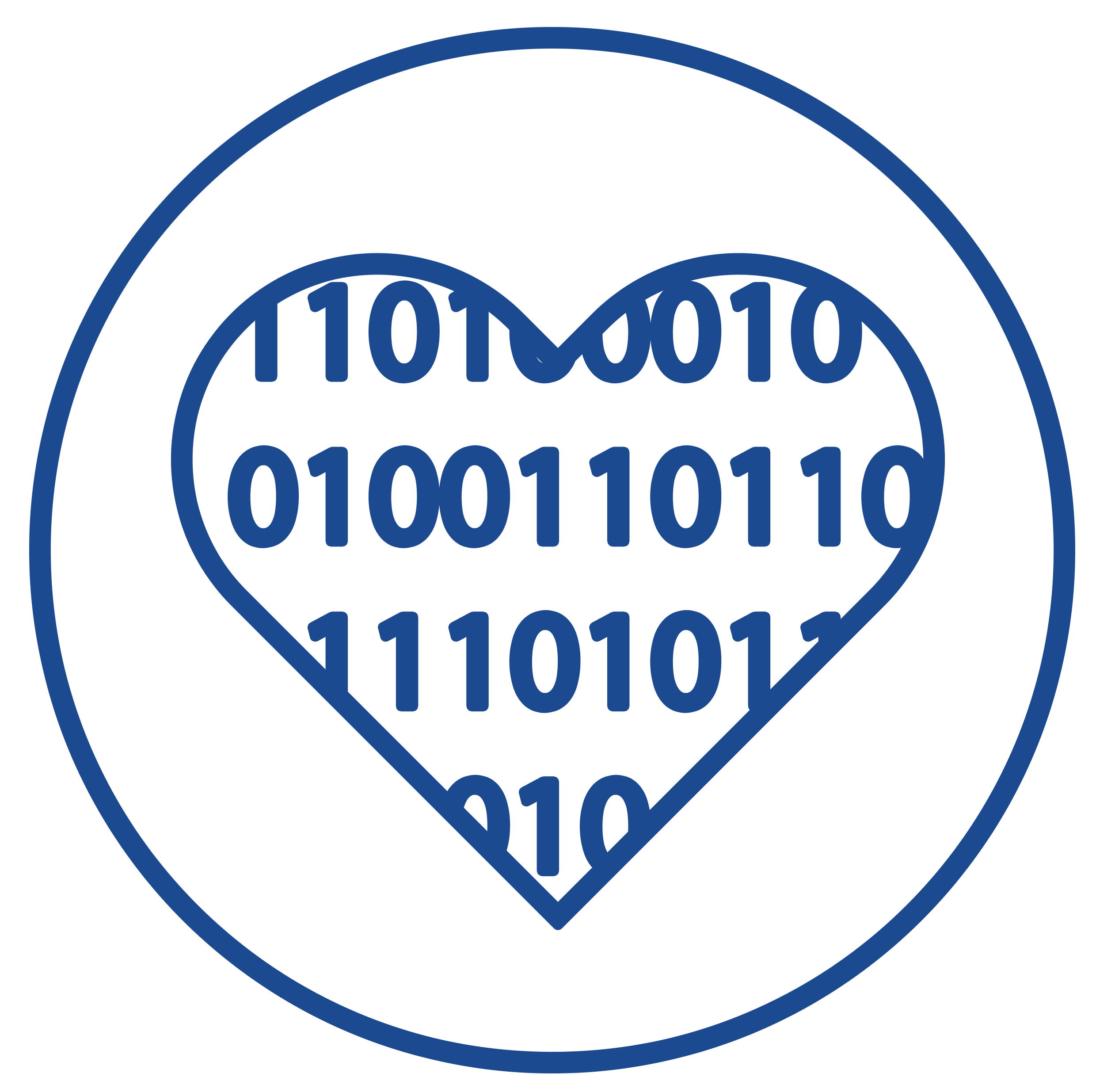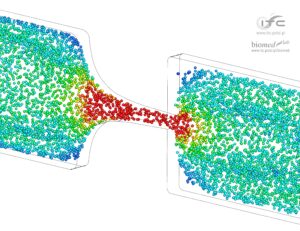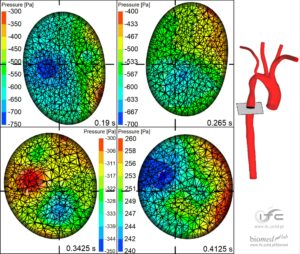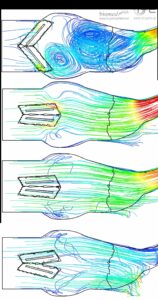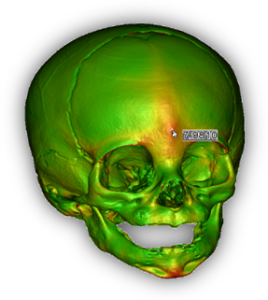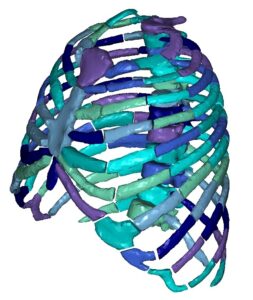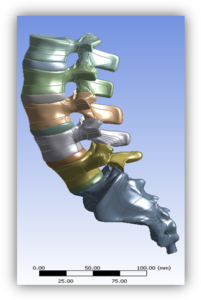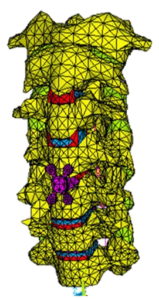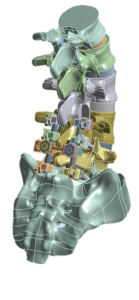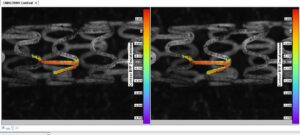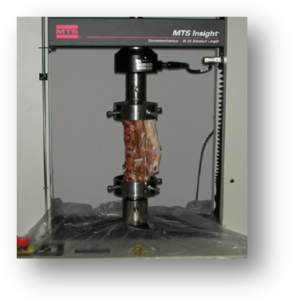
Biomechanics
The ongoing work is aimed at facilitating the planning of treatments, predicting their consequences, and supporting medical diagnostics. The work is carried out in cooperation with leading medical centres and companies from the socio-economic environment.
Modelling of bioheat transfer and thermoregulation in humans. Both classical equations of bioheat transfer in tissues (Pennes equation) and new non-Fourier models (Cattaneo-Vernotte equation, dual-phase lag equation) are used. Algorithms and computer programs for numerical solution and simulation of biological processes are developed. The processes of local uncontrolled and controlled effects of low and high temperatures on biological tissues (burns, tissue freezing (cryosurgery), laser effects on tissues, cryopreservation, together with the determination of the degree of tissue destruction), as well as the processes of heat exchange and active thermoregulation in the humans (e.g., hypothermic therapy, brain cooling of newborns) are modelled.
The problems of identifying the size and location of tumours based on the knowledge of temperature on the skin surface and the problems of destroying tumour lesions with the use of an electromagnetic field are also considered.
Models considering the presence of large, thermally significant blood vessels are also developed. The experimental devices used in medical diagnostics and for validation of the developed models encompass measurement and recording systems of physiological parameters (including ergospirometer, deep and skin temperature measurements, thermography measurements).
Biomechanics and fluid mechanics (hemodynamics) of the cardiovascular system. Both laboratory (phantoms) and numerical models of blood flow in elastic blood vessels are developed. The classical approach of modelling blood as a continuous medium with non-Newtonian properties and a novel approach in modelling blood as a multiphase medium (solid-phase blood morphotic elements suspended in continuous plasma) are applied.
Methods of non- or minimally invasive diagnostics of the cardiovascular system for the stiffening of blood vessels and assessment of valve function (and their mechanical prostheses) are developed.
In house laboratory facilities allow for the assessment of hemodynamic parameters and validation of the developed models and diagnostic methods.
Biomechanics of the skeletal system (spine, head, chest, upper and lower limbs). Projects around spine biomechanics are implemented aiming at the evaluation of strength characteristics of tissue structures, quality assessment of stabilization systems in surgical treatment, as well as ergonomics and injury risk. The software for creating static and dynamic models is used. Equipment for the evaluation of kinematics of movements and posturographic evaluation is applied in research.
Analyses of head injuries (safety in transport injuries and armoured personnel carriers during an explosion) are mainly focused on safety aspects and were performed using professional software (MADYMO, LS-Dyna, ANSYS) and in-house models. Computer simulations of head models were also used in the planning of neurosurgical operations, especially concerning head shape correction of children. Besides, numerical model of the head has been used to evaluate the design of helmets for safety and factors affecting head injuries.
In works related to the biomechanics of human limbs, studies related to the measurements of kinematics and dynamics of upper limb movement (using modern systems for motion analysis, among others, optical and inertial systems) have been carried out. The strength capacity of limbs, both in isometric and isokinetic conditions and with the use of a dynamometer were investigated. As part of scientific projects, research is conducted in cooperation with medical centres on patients with motor deficiencies of the upper limbs. Similar investigations are carried out on athletes of various disciplines, e.g., volleyball, swimming. Model tests allow for the assessment of loads on the musculoskeletal system of the limbs. A modern apparatus that comprehensively assesses the kinematics of movement, strength capabilities of the upper limbs and muscle action potentials is owed and used in research. Commercial, specialized software to conduct simulations of loads on the musculoskeletal system is applied in simulations.
The laboratory infrastructure for sectional specimens is equipped with specially designed adapters for mounting specimens on testing machines.
Gait biomechanics. Experimental and modelling studies are conducted, including gait analysis of children and adults. Quantitative studies of gait biomechanics support medical diagnostics, assessment of achieved results of surgical, therapeutic, and rehabilitation procedures are carried out. Mathematical algorithms of gait indices available in the scientific literature, as well as the own original gait indices to assess the locomotor functions using a single numerical value are applied.
The mathematical models are used to assess the joint reaction forces and identify muscle forces during gait.
Numerous high-class systems for measurement of gait kinematics and dynamics (optical, inertial, ultrasound), dynamics of movement (measuring treadmill, dynamometric and dynamographic platforms), and the possibility of measuring muscle action potentials (EMG) are used along with commercial software for simulation and analysis of loads on the human skeletal-muscular system.

Personalized Implants. Experimental research, simulation, and numerical modelling related to stents and implants of the skeletal system (e.g., personalized implants for maxillofacial surgery) are conducted. Models of anatomical structures are produced using 3D printing technology. A method for computer-aided diagnosis of osteoporosis has also been developed.




